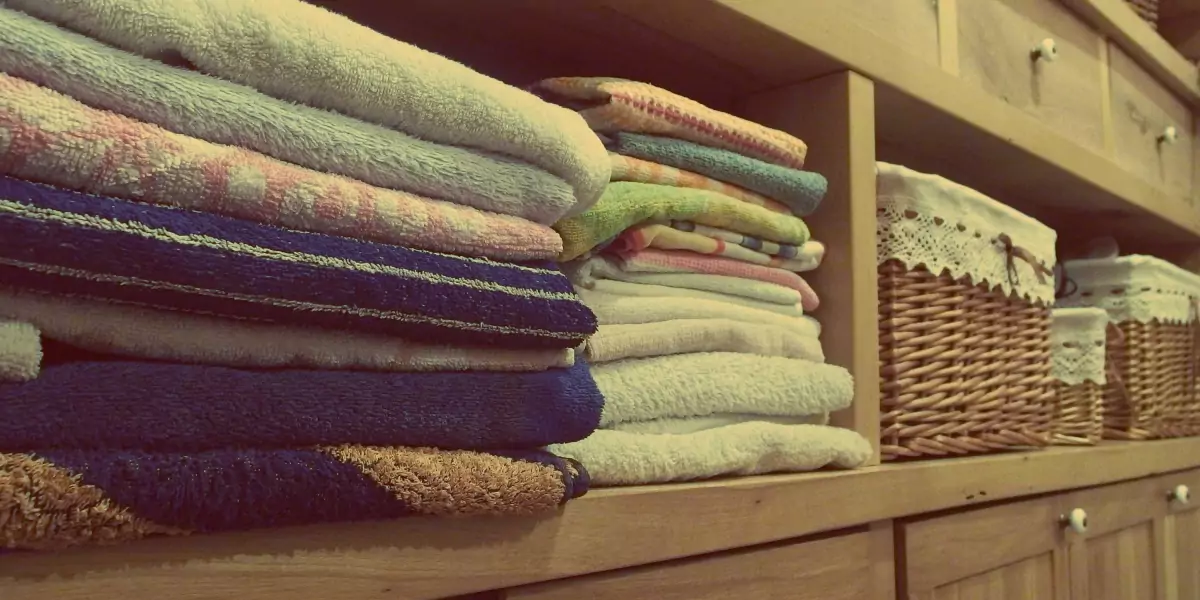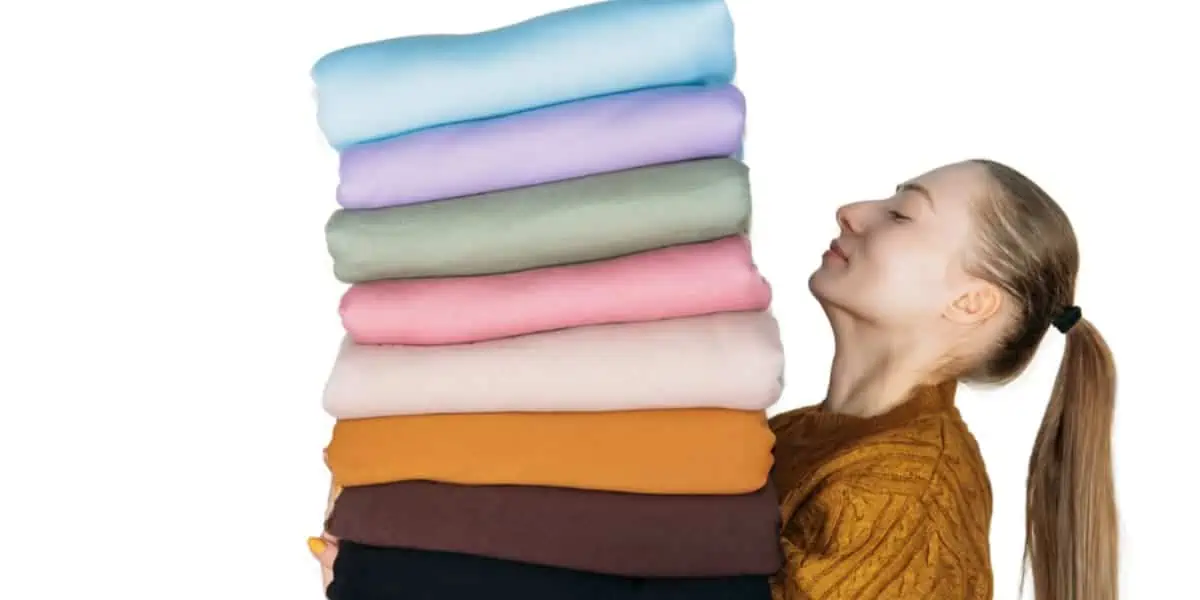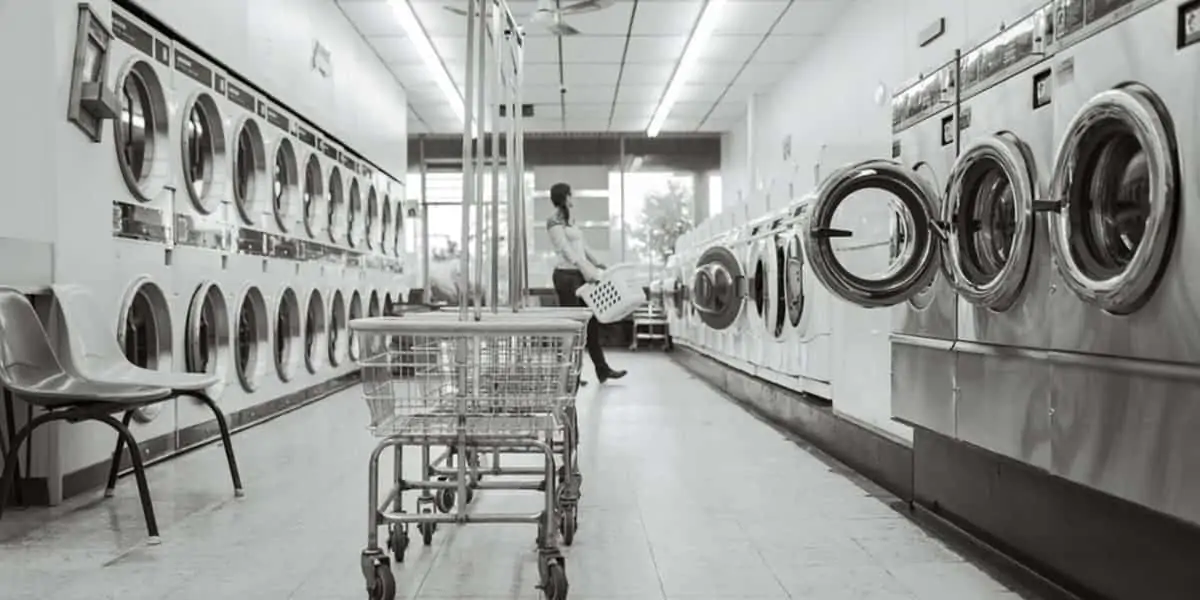Are your white clothes dingy and dull? Or one of your favorite shirts that were once white is now pink? If you seem to end up with laundry disasters after a trip through the laundry room, it’s your fault. There’s a chance you are not sorting laundry correctly.
Sorting laundry may seem to be a mastery to many people, so they just dump all laundry items together. Perhaps you are using those fancy detergents, and color catcher clothes that promise to allow you to wash all clothes are other laundry items. Never believe everything you read on those products’ labels. After all, that’s where most laundry problems begin.
Your clothes should be carefully sorted by fabric type, color, washing requirements (hot water or cold water), color, and weight. That isn’t so hard. Here are simple steps for sorting laundry and washing clothes like a pro.
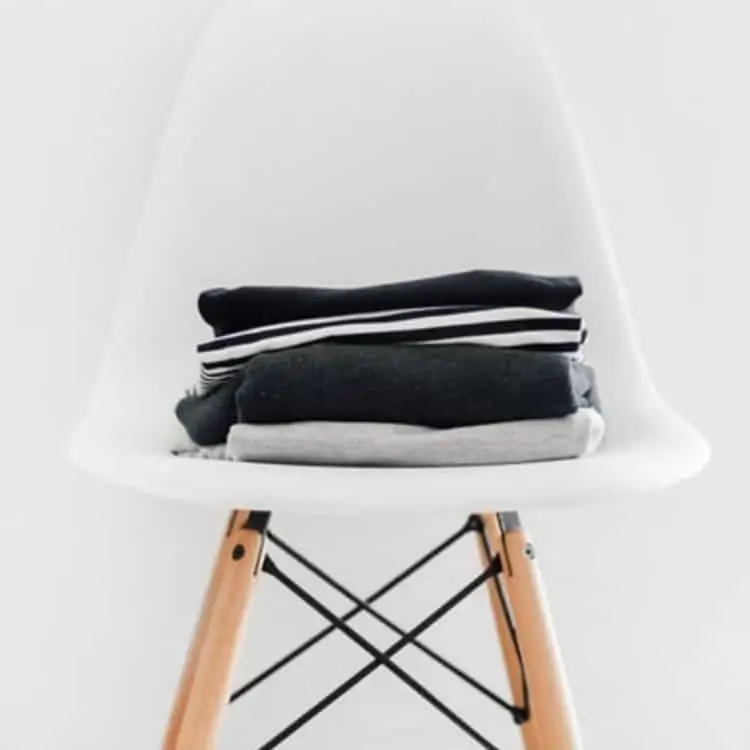
Sorting laundry before washing
Well, you can wait until there’s a huge heap of dirty laundry, and the sorting process will be tedious. Or, given that you already know there will be dirty linens and clothes that should be cleaned, you can make the sorting task easier by sorting your laundry as you use and take off each item.
It’s recommended to use separate laundry hampers or those with sorting sections in your central laundry area, closet, or bathroom. If the hamper lacks labels, add them and post the rules for how to carefully sort dirty laundry so that your kids can also help. For example, you can have one section for all white clothes, one section for light-colored items, a section for dry clean only clothes, and another section for dark-colored clothes.
Even when you have to do some last-minute decision-making once the laundry load is pulled from the laundry hamper, pre-sorting your laundry will speed up your laundry routine and ensure your efforts to keep your clothes in great shape are successful. Laundry pre-sorting is also helpful if you must use a laundromat or a community laundry room where the available space is at a premium.
Sometimes, you are in a hurry and don’t have enough laundry items to make a full washing machine load for each color or fabric type. In this case, you can wash all laundry items together. But you must choose the right washer cycle and avoid warm water to keep the most delicate garments in great shape. Remember, your lacy dark blue camisole will not survive long if washed with your favorite pair of brass-studded jeans.
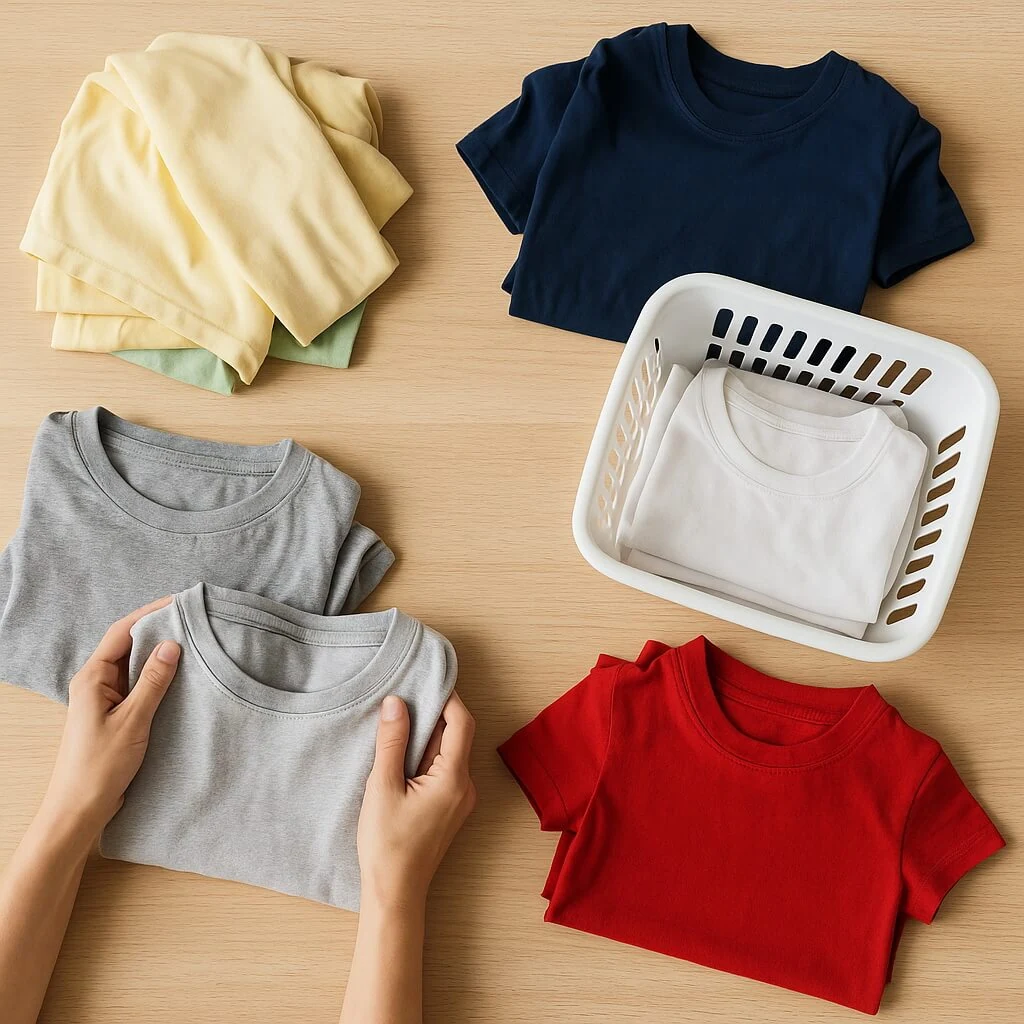
Here are important steps for sorting laundry.
Step 1: Read the label carefully
If you’re familiar with your regular clothes, you probably won’t have to read the garment care label every time you do laundry. But if you’re teaching your kid how to wash clothes, checking the labels is an important step. It can tell you whether a particular laundry item can be machine washed, the recommended water temperature, the best way to dry the fabric, and other washing recommendations.
If you’re a novice at doing laundry and see a tag that reads ‘dry clean only,’ place that laundry item in a separate bag and take it to a dry cleaner. With time, you will learn that some of the clothes labeled ‘dry clean only’ can also be hand washed. It’s also good to learn how to use the DIY home dry cleaning kit that comes with your dryer.
Step 2: Sort your laundry by color
Once you have separated the dry clean only and hand-wash clothes, sort the remaining washable items by color. Pastels, whites, light colors, light gray, and all-white background prints should go in the same pile. All other dark clothing – red, black, dark grey, brown, and navy should go in another pile.
Step 3: Sort laundry by fabric type
Now that you have two piles depending on color, it’s time to sort each pile by fabric type. For example, in the light or white pile, you can separate sheets and towels from slacks, blouses, and lingerie or underwear.
In the pile containing dark clothes, separate jeans, and T-shirts from lightweight items such as dress shirts and blouses. If you have dark blankets and towels, separate them from other laundry items to reduce lint. Remember, it bothers me when you don’t wash lint-attracting fabrics and lint-producing fabrics together. Also, washing clothes by fabric type and color allows you to use the right water temperatures and keep drying cycles simple.
Step 4: Wash heavily soiled clothes separately
If you have heavily soiled items with oily stains or cooking oil stains and ground-in dirt, sort the clothes as usual but wash these garments separately. This way, the dirt from heavily soiled clothes won’t redeposit on other clothes. Also, it will prevent the transfer of odors to other clothes.
Follow these steps for sorting laundry every time you wash clothes to keep your garments in perfect shape. Alternatively, you can have a laundry service provider handle all your dirty laundry. These professionals are experienced in sorting laundry and ensuring that each of your clothes is cleaned professionally.

